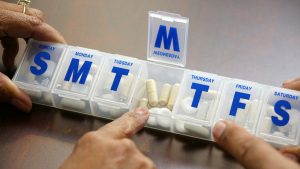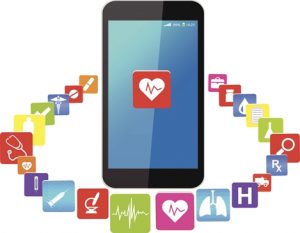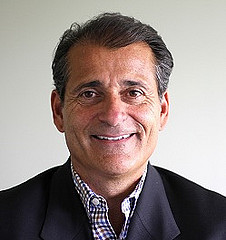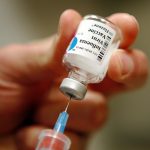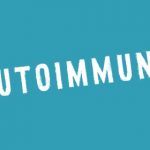The Structure of the Healthcare Industry will Change Radically
The healthcare industry is changing at a blistering pace. Healthcare policies, technologies, insurance coverage, and the new focus on patient experience have triggered the evolution of healthcare into something yesterday’s providers would never recognize. And, chances are, the healthcare of tomorrow will look drastically different than the care provided today.
Change had come slowly to healthcare industry legislation in the nation’s early years. The first attempt at national health insurance came about in 1905, with the formation of the American Association for Labor Legislation; Speaker of the House Thaddeus Sweet vetoed the bill. The next major change in the healthcare industry didn’t come along until 1965 when, after 20 years of heated debate in Congress, President Lyndon B. Johnson initiated legislation introducing Medicare and Medicaid. The 2010 Patient Protection and Affordable Care Act was the last major healthcare legislation.

While changes to healthcare law and healthcare insurance had came slowly, the nation’s demographics and need for medical care is now changing rapidly. Furthermore, advances in research and medical technology have fueled an astonishing metamorphosis in healthcare.
Factors Contributing to the Changing Landscape of Healthcare
Perhaps the most notable change in healthcare is its explosive growth: healthcare became the largest employer in the United States in the third quarter of 2018, according to The Atlantic.
The nation’s aging population is a major driver of the healthcare job boom. By the year 2025, one-quarter of the workforce will be older than 55. By 2030, more than 170 million people in the United States will have at least one chronic health condition, according to the American Hospital Association (AHA). The rising population of older adults, and the increasing number of people with chronic illnesses, will require a growing pool of healthcare workers. In fact, the U.S. Bureau of Labor Statistics (BLS) expects jobs in the healthcare industry to account for a large share of new jobs created through 2026.
Other factors, including the health insurance market and healthcare regulation, will affect the structure of the healthcare industry. About half of the privately insured are covered under self-insured plans, which can vary dramatically.

The healthcare system is also moving towards a financial model based on value, rather than on volume. This shift will change the focus from treating diseases in hospitals to keeping patients healthy and out of the hospital.
Expect Monumental Changes in the Healthcare Industry
To handle these changes, the structure of the healthcare industry will undergo radical transformation in a number of areas, from insurance to the makeup of the board and the role of clinicians in leading renovations within an organization.
Provider organizations offering insurance products will likely experience substantial restructuring because they are essentially creating new businesses in a highly volatile market. In fact, several health systems have already introduced health plans in recent years, according to the Healthcare Financial Management Association.
Organizations without such products are restructuring, creating regionally focused, value-based care teams and enhancing consumer engagement. Moving towards a value-based system requires increased collaboration between health systems and health plans, the implementation of patient-centric technology, increased adoption of virtual care options, and a greater focus on public health. It also requires greater understanding of patient motivation and behavior, so many healthcare organizations will restructure to include patient experience departments.
Changes in organizational structures will manifest themselves in a number of ways. Evolution of an organization’s structure may include centralization and professionalization of the board to look more like boards in other industries, for example. This shift allows senior business leaders with niche expertise to guide healthcare organizations through insurance, risk management, IT, consumer engagement, investments and capital allocation.
Many healthcare organizations are putting physicians in leadership roles, asking their clinicians to lead clinical informatics, care model transformation, and population health management initiatives. In this way, the Chief Medical Officer (CMO) is evolving into the role of Chief Transformation Officer.
While it is nearly impossible to predict where the healthcare industry will be at the end of the 21st Century, it is safe to say that healthcare in the United States will undergo more changes in the next 80 years than it has in the entire history of the nation.
SOURCES:
- https://healthcaremba.gwu.edu/blog/how-we-can-expect-the-healthcare-industry-to-change-in-the-future
- https://www.theatlantic.com/business/archive/2018/01/health-care-america-jobs/550079/
- https://www.aha.org/system/files/content/00-10/071204_H4L_FocusonWellness.pdf
- https://www.bls.gov/news.release/ecopro.nr0.htm
To View Frank Magliochetti Press Releases Please CLICK HERE
Frank Magliochetti owes his professional success to his expertise in two areas: medicine and finance. After obtaining a BS in pharmacy from Northeastern University, he stayed on to enroll in the Masters of Toxicology program. He later specialized in corporate finance, receiving an MBA from The Sawyer School of Business at Suffolk University. His educational background includes completion of the Advanced Management Program at Harvard Business School and the General Management Program at Stanford Business School. Frank Magliochetti has held senior positions at Baxter International, Kontron Instruments, Haemonetics Corporation, and Sandoz. Since 2000, he has been a managing partner at Parcae Capital, where he focuses on financial restructuring and interim management services for companies in the healthcare, media, and alternative energy industries. Earlier this year, he was appointed chairman of the board at Grace Health Technology, a company providing an enterprise solution for the laboratory environment.
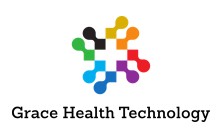
Mr. Frank Magliochetti MBA
Managing Partner
Parcae Capital
www.parcaecapitalcorp.com
www.frankmagliochetti.com


